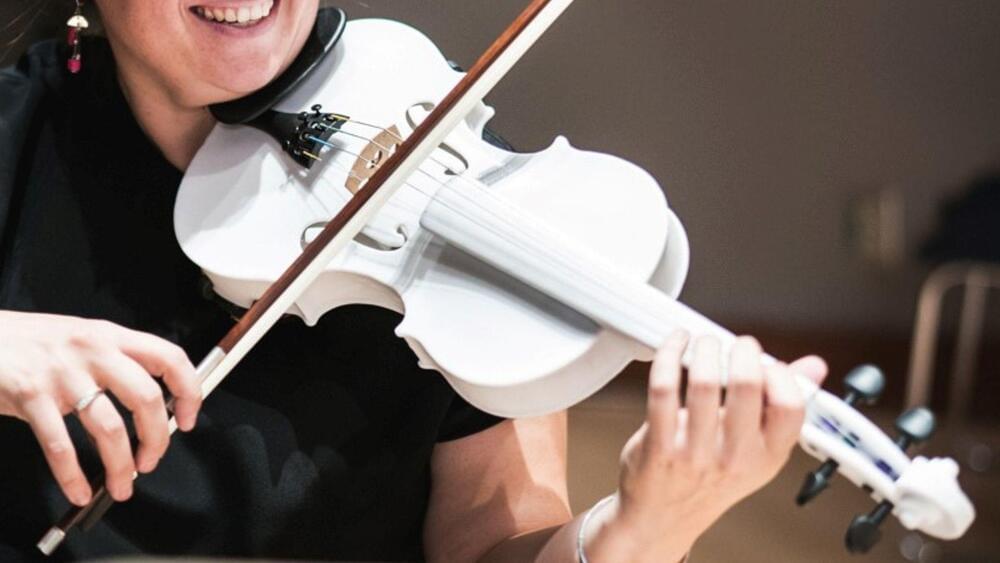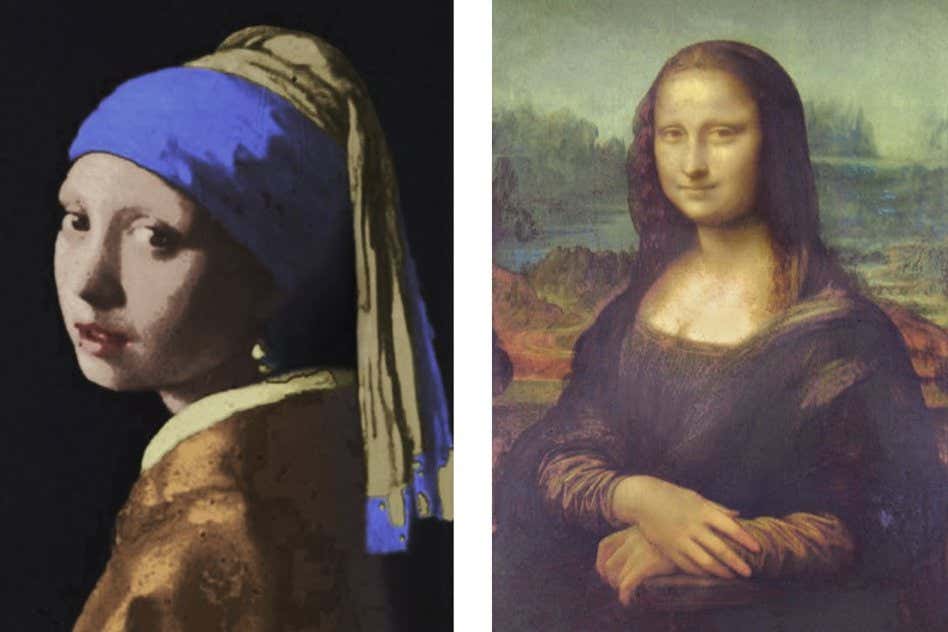Backwards through time? We travel forwards every day, but traveling back could let us change our past, visit old friends, or manipulate the timeline to our benefit… Although our knowledge of space and time remains incomplete, we can still use what we know to consider possible time machines. But what kind of paradoxes would this entail and how can we resolve them? Join us today on a special journey through time.
An educational video written and presented by Professor David Kipping.
This video is based on research conducted at the Cool Worlds Lab at Columbia University, New York. You can now support our research program directly here: https://www.coolworldslab.com/support.
All music used is licensed by SoundStripe.com or through Creative Commons:
► “It’s Always Darkest Before the Dawn” by Hill, licensed through SoundStripe.com: https://app.soundstripe.com/songs/7441
► “Waking Up” by Atlas, licensed through SoundStripe.com: https://app.soundstripe.com/songs/3984
► Cylinder Four (http://chriszabriskie.com/cylinders/) by Chris Zabriskie (http://chriszabriskie.com/); licensed under a Creative Commons Attribution license (https://creativecommons.org/licenses/by/4.0/)
► “Always Dreaming” by Caleb Etheridge, licensed through SoundStripe.com: https://app.soundstripe.com/songs/5534
► Cylinder Two (http://chriszabriskie.com/cylinders/) by Chris Zabriskie (http://chriszabriskie.com/); licensed under a Creative Commons Attribution license (https://creativecommons.org/licenses/by/4.0/)
► “Fable” by Stephen Keech, licensed through SoundStripe.com: https://app.soundstripe.com/songs/6312
► “Selha” by Stephen Keech, licensed through SoundStripe.com: https://app.soundstripe.com/songs/7102
Further reading and resources:
► Echeverria, F., Klinkhammer, G. & Thorne, K. S. (1991), “Billiard balls in wormhole spacetimes with closed timelike curves: Classical theory”, Phys. Rev. D., 44, 1077: https://ui.adsabs.harvard.edu/abs/1991PhRvD…44.1077E/abstract.
► S. Kalyana Rama & Siddhartha Sen (1994), “Inconsistent Physics in the Presence of Time Machines”: https://arxiv.org/abs/gr-qc/9410031v1
► Stephen Hawking (1992), “Chronology protection conjecture”, Phys. Rev. D., 46603: https://ui.adsabs.harvard.edu/abs/1992PhRvD…46…603H/abstract.
► Max Tegmark (1997), “On the dimensionality of space time”, CQG, 14, L69: https://arxiv.org/abs/gr-qc/9702052
Films clips used:


